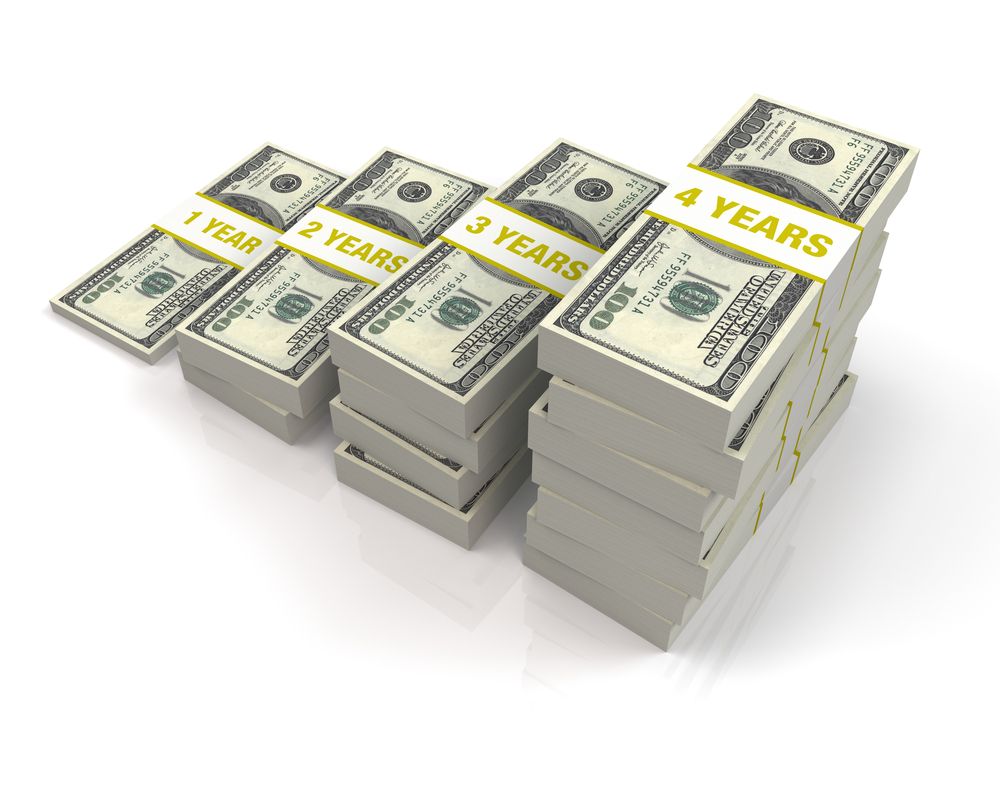
In the world of investing, there’s a multitude of avenues one can take to grow their wealth. From the volatile roller coaster of the stock market to the steady, albeit slower, growth of traditional savings accounts, options abound for the discerning investor. But nestled neatly between the realms of high-risk and low-reward lies an investment vehicle that offers a tempting combination of safety and satisfactory returns: the high-yield Certificate of Deposit, or CD. In this article, we’ll delve into the ins and outs of high-yield CDs, offering you the knowledge you need to decide if they’re the right addition to your investment portfolio.
Understanding Certificate of Deposit Basics
Before embarking on the journey of high-yield CDs, it’s crucial to understand the basic premise of a Certificate of Deposit. A CD is a financial product offered by banks and credit unions that provides an interest rate premium in exchange for the customer agreeing to leave a lump-sum deposit untouched for a predetermined period. This period can range from a few months to several years, and generally, the longer the term, the higher the interest rate you’ll earn. CDs are considered low-risk because they are insured by the Federal Deposit Insurance Corporation (FDIC) or the National Credit Union Administration (NCUA) up to certain limits, ensuring the safety of your principal investment.
The Appeal of High-Yield CDs
So, what sets high-yield CDs apart from their standard counterparts? The answer is in the interest rate. High-yield CDs offer rates that are significantly above the national average, which translates to better growth for your investment without additional risk. Particularly in times of economic uncertainty or when market volatility is high, high-yield CDs become a haven for investors who want to preserve capital while still earning a return that keeps pace with or exceeds inflation. As an added benefit, the fixed interest rate of a CD means that you can calculate your exact earnings over the term, allowing for precise financial planning.
Comparing High-Yield CD Rates
When shopping for high-yield CDs, it’s important to compare the rates from various financial institutions. Online banks, credit unions, and traditional brick-and-mortar banks all offer CDs, but their rates can vary widely. Online banks often have less overhead than traditional banks and can pass those savings onto customers in the form of higher interest rates. Credit unions, on the other hand, are not-for-profit entities that may offer better rates to their members. It’s worth noting that the highest rate isn’t always the best option; factors such as the credibility of the institution, customer service, and early withdrawal penalties should also be considered.
Strategies for CD Laddering
One effective strategy for maximizing the benefits of CDs is CD laddering. This involves purchasing several CDs with staggered maturity dates rather than investing all your funds into a single CD. By doing so, you create a sequence of maturing CDs, providing you with regular access to portions of your investment along with the opportunity to take advantage of potentially higher rates as you reinvest the funds. CD laddering can offer a balance between having regular liquidity and maintaining exposure to the highest interest rates available within the CD spectrum.
CDs in a Diversified Investment Portfolio
While high-yield CDs can be an attractive investment on their own, they also play a vital role within a diversified portfolio. By allocating a portion of your investments into CDs, you’re adding a layer of stability and predictability that can counterbalance the risks associated with stocks, bonds, and other variable-return investments. For retirees or those approaching retirement, CDs can provide a reliable income stream. For younger investors, they can serve as a safe place to park funds for short to medium-term goals, like saving for a down payment on a home.
High-yield CDs offer a unique blend of safety, predictable returns, and ease of use that can be appealing to a wide range of investors. Whether you’re looking for a secure place to grow your savings in the short term or seeking a stable income source as part of a broader investment strategy, high-yield CDs are worth considering. By understanding the basics, comparing rates, employing strategies like CD laddering, and considering your overall portfolio, you can make an informed decision about whether high-yield CDs align with your financial goals. As with any investment, it’s always wise to do your research and consult with a financial advisor to ensure that your choices fit your individual risk tolerance and investment horizon.
